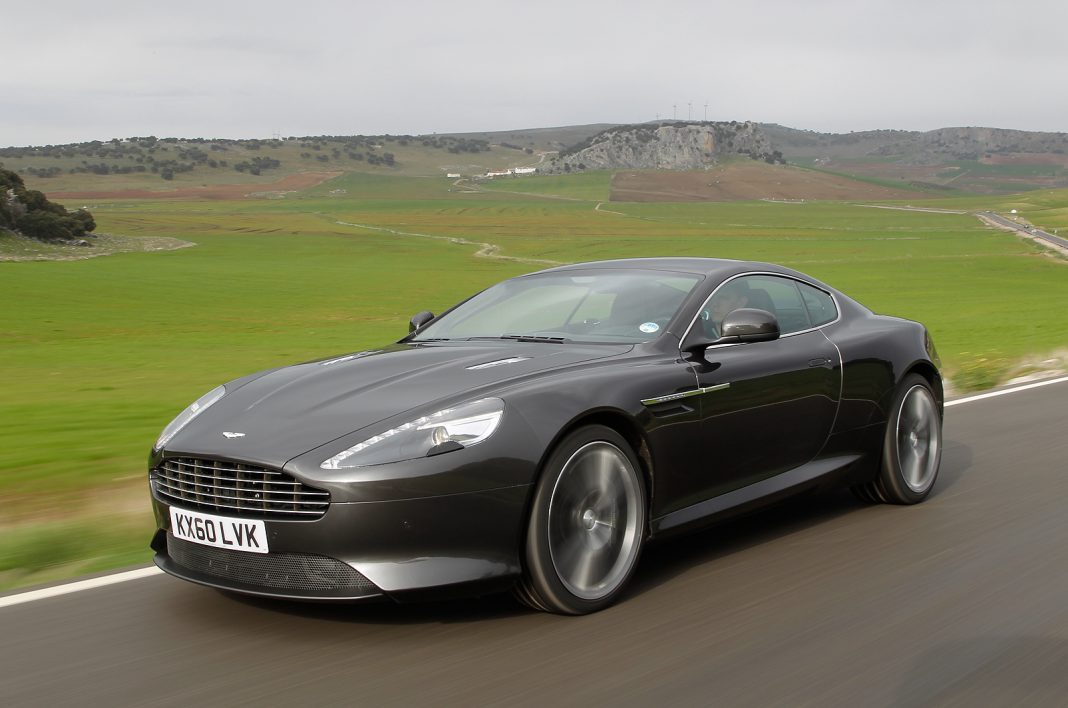Car manufacturing companies are doing their best to provide something new for their customers. If not for the new ideas and technology applied to vehicles, it is possible to lose their footing in the automotive industry. In the case of most car series, these cars will eventually be pulled out by the company if they have exhausted the market for such a model. This is the reason why people rarely see a series getting resurrected by the car manufacturing company.
The Aston Martin Virage is a different case. After dominating the 1980s and early 1990s, it was made to return in 2011. The Aston Martin Virage was first released in 1988 as a replacement to the old V8 models. The Aston Martin Virage was introduced in the 1980s only to be joined by the Vantage by the early 1990s.
The Aston Martin Virage proved to be the king of the Aston Martin GT cars at that time. Hand built, expensive, and exclusive, these are some of the things that can describe the Aston Martin Virage. In the year 2000, it was replaced by the Vanquish, which later became the Bond Car for Die Another Day. A decade after the Vanquish dominated the market, Aston Martin decided to resurrect the Aston Martin Virage. Despite running for 12 years from 1988 to 2000, there were only a few Virage units produced. In fact, Aston Martin produces only 1,050 units of the Virage.
This simply means that the car model hasn’t saturated the market yet. A new generation of Virage was showcased at the 2011 Geneva Motor Show. This move was seen as a way for the company to update its lineup.
Modern and Fresh Design
The V8 set up of the Aston Martin Virage, when it was introduced in the market, was different from the preceding V8 Aston Martins. The Aston Martin Virage was compared to the Lagonda. If you will look at the chassis of the Aston Martin Virage, it is an updated Laguna chassis that made use of an improved rear suspension. Aston Martin, though producing high-quality and expensive cars, still tried to cut the cost of production. In fact, they outsourced the production of some noncrucial parts to other companies. For instance, Audi 200 and the Aston Martin Virage shared headlights.
The bodywork for the Aston Martin Virage was made of aluminum. This means that it should be lightweight. Unfortunately, the Aston Martin Virage was actually heavy. Thanks to the engine of the Virage, it compensated well to provide the expected performance for the Aston Martin Virage.
Callaway Cars Incorporated and Weber-Marelli provided some of the most crucial parts for the engine including the fuel injection. Aston Martin Virage, though starting sluggish with its acceleration, it can run a top speed of 254 kilometers per hour.
In February 2011, after 11 years since Virage stopped in production, car enthusiasts in the Geneva Motor Show witnessed a new breed of Aston Martin Virage. It was intended to be part of the widening car choices of the GT car company. Together with the DB9, the Virage became another option for Aston Martin supporters. Instead of just having a V8 engine, the new Aston Martin Virage became a V12 powerhouse with added modern design.
